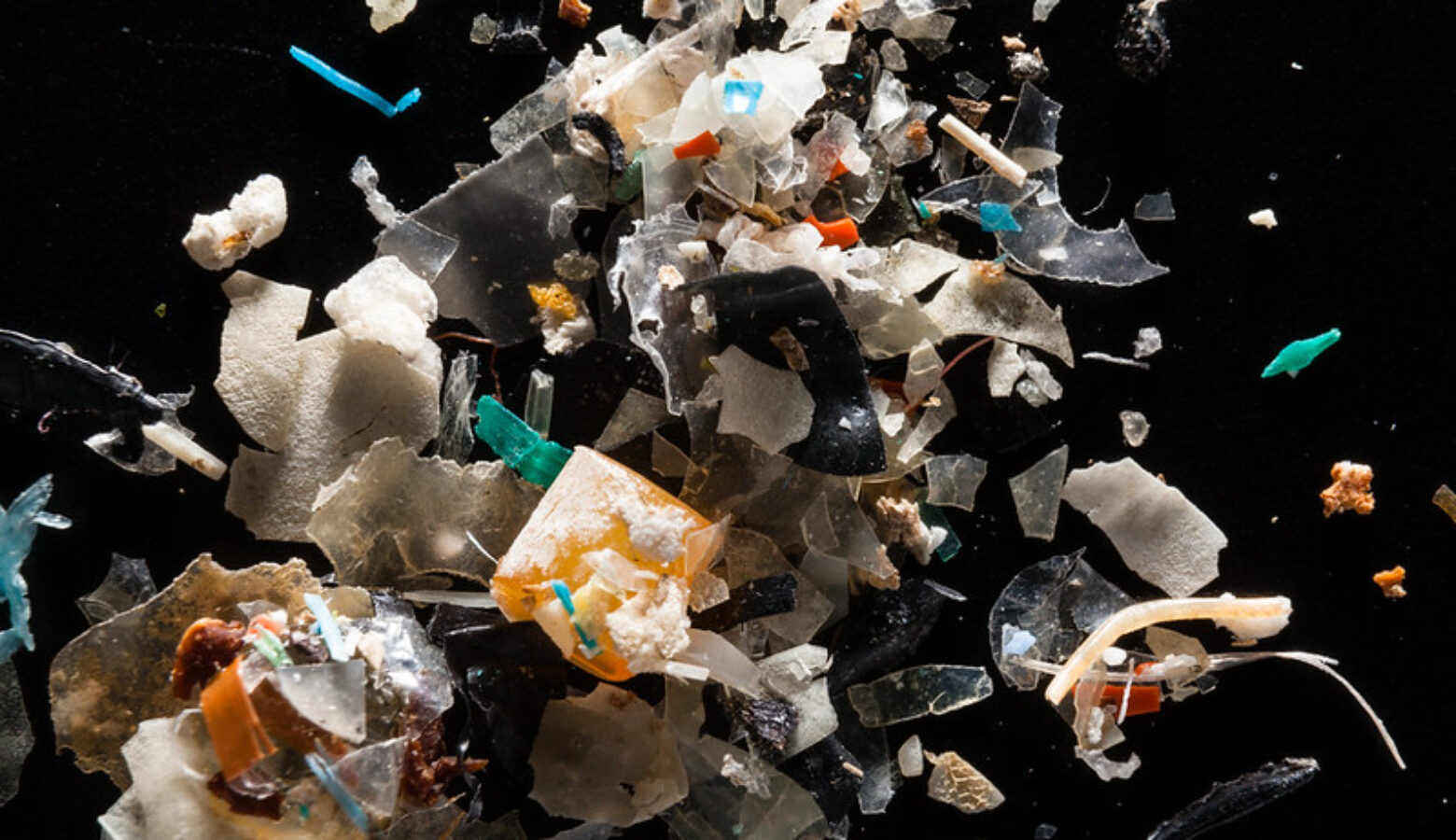Ball State student research team receives second federal EPA grant for microplastics work

Ball State University has been awarded a second continuing grant from the Environmental Protection Agency to fund research on microplastics. As IPR’s Thomas Ouellette reports, the student team learning how to remove them from wastewater has now been given a total of nearly $125,000.
Microplastics are small plastic pieces less than five millimeters long. As an emerging field of study, not much is known about them, except in theory.
Bangshuai Han, Ball State University Associate Professor of Water Resources, supervises the research team.
“That’s why a lot of scientists are rushing into this field, to try and to better understand the impacts of microplastics to the environmental ecosystem and the health of human beings,” said Han.
Han calls microplastics an “emerging concern.”
“If we already know that it’s absolutely harmful with a specific concentration that will impact public health, then it would be it would have been regulated, right?,” Han said.
Read More: Purdue study says microplastics could be making algae blooms worse in lakes, ponds
For the team’s first federal grant, it studied microplastics to see how they can be removed from domestic wastewater, studying conditions at the treatment plant in Muncie. The second grant, awarded last week, will continue the study for another two years – to see if there are patterns to microplastics showing up in water during different seasons, climate changes, and with water usage.
Microplastics are being found almost everywhere, including the purest of sources – such as glacial runoff from the Himalayan mountains. And Han said some microplastics are airborne.
Read More: Does recycling plastic help with climate change?
In the phase I progress report, data showed that 64 percent of all the microplastics the research team observed were made up by synthetic fibers, which can originate from a large variety of sources such as clothes and car tires.
Han believes understanding how to track the complete journey of microplastics will help scientists develop ways to better filter them.
The funding will help cover the cost of sample testing and allow students to purchase minor instruments that can help them more efficiently test water data.
Thomas Ouellette is our reporter and producer. Contact him at thomas.ouellette@bsu.edu

